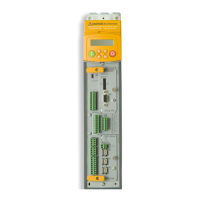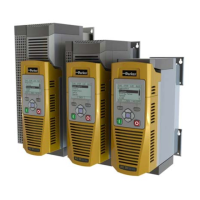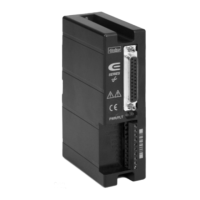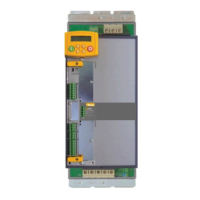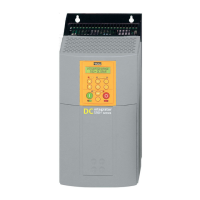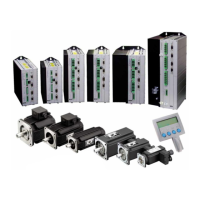DOC-0017-03-EN: AC15 Series - Hardware Installation Manual
82 (125) DOC-0017-03-EN-B 04.04.2023
10 Routine Maintenance & Repair
10.1 Routine Maintenance
Periodic inspection of the inverter should check:
1. For build up of dust obstructions that may obstruct the ventilation of the product. This should be
removed using dry air.
2. Tightness of power connections are at the recommended terminal tightening torque as specified in
this manual.
10.2 Preventative Maintenance
Main Duct Cooling Fans
The Main Duct Cooling fans are designed to be field replaceable by a competent person.
For preventative maintenance, replace the fan cassettes every 5 years of operation, or whenever the
inverter trips on “tr10” / “10 Heatsink Temp” during normal operation.
DC Link Capacitors
For preventative maintenance, the DC link capacitors should be replaced every 10 years of operation, or
when the inverter trips on “tr20” / “20 VDC Ripple” under normal operating conditions.
The unit must be returned to your local Parker Repair Centre for replacement.
10.3 Repair
In the event of a drive failure, the inverter should be returned to a local Parker Repair Centre. No attempt
should be made by the user to repair the unit themselves. Only Parker trained personnel are permitted to
repair this product in order to maintain certifications, reliability, and quality levels.
When returning a faulty product, the user should:
1. Where possible, save the application data onto either a µSD card using the ‘Clone’ feature, or onto
a PC by performing a configuration ‘Extraction’ using the DSE configuration tool.
2. Contact the local Repair Centre, who will arrange the return of the unit and assign an Authorisation
To Return (ATR) number. This is used as a reference on all paperwork returned with the faulty
item.
Customers should be ready with the following information:
- Product model and serial number (found on the product rating label)
- Detailed information on the nature of the fault (Trip messages, user application and
history).
3. Pack and dispatch the unit using original packaging materials where retained, or in suitable
packaging materials that ensure that no additional damage is caused to the unit during transit.
Please ensure that if used, packing chips do not enter the unit.
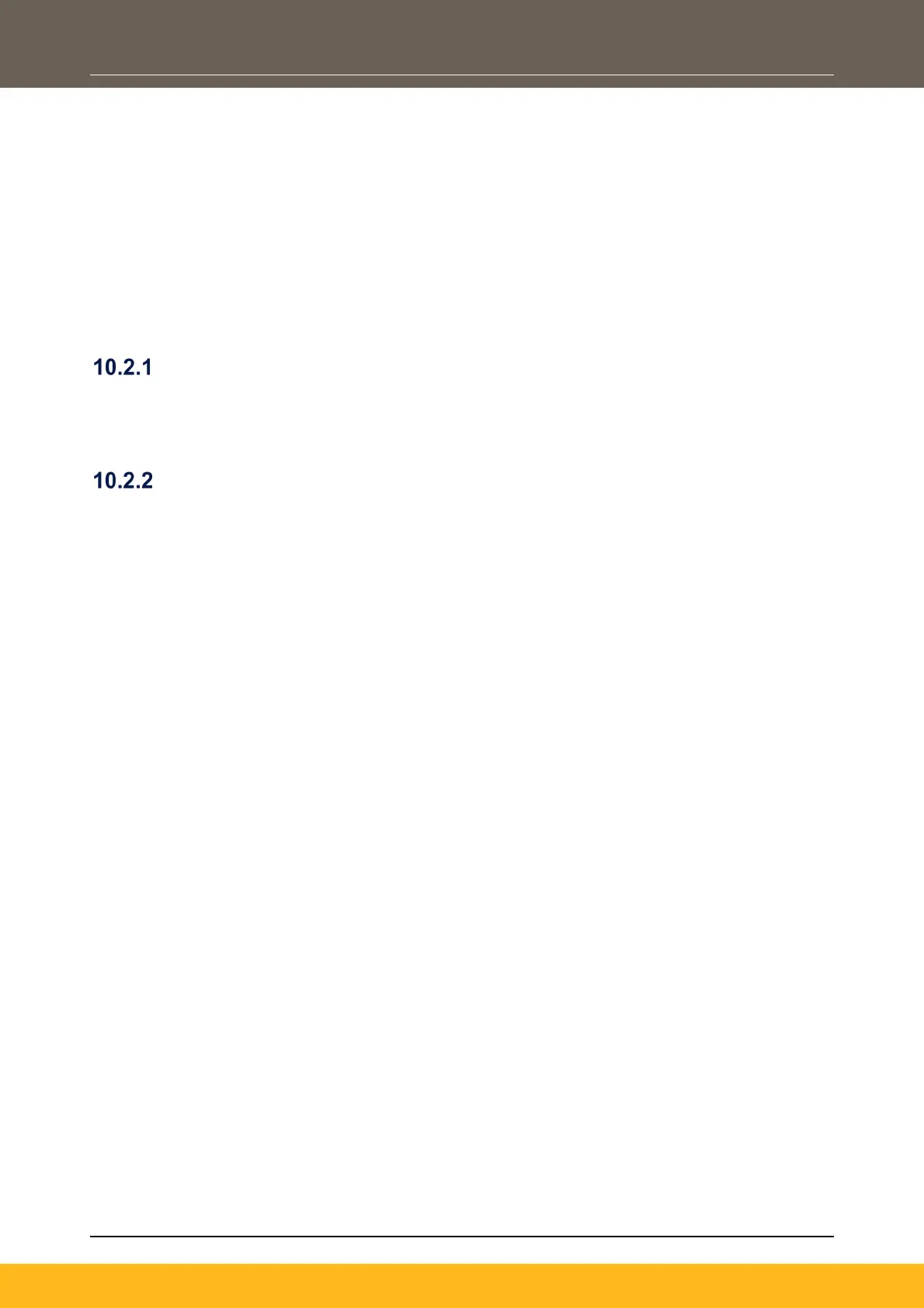